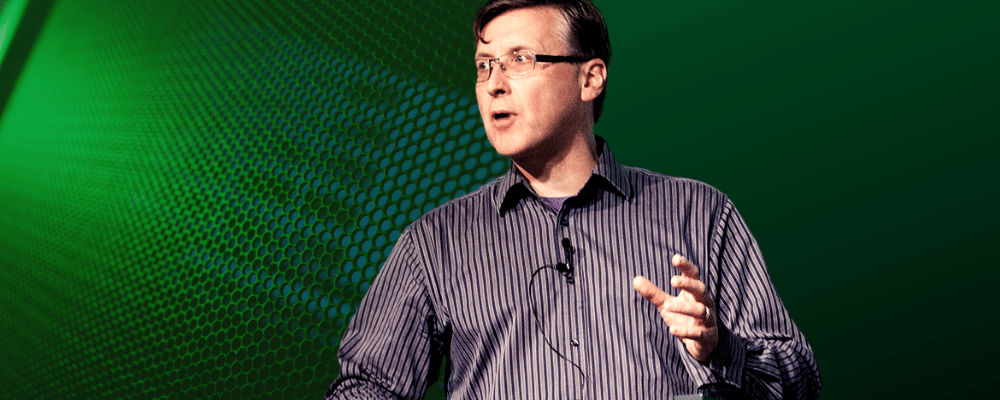 |
ETSI 103 199: Environmental Engineering (EE); Life Cycle Assessment (LCA) of ICT equipment, networks and services; General methodology and common requirements |
|---|
| Name of Initiative/Methodology |
Environmental Engineering (EE); Life Cycle Assessment (LCA) of ICT equipment, networks and services; General methodology and common requirements
|
|---|
| Link to the latest published version |
ETSI TS 103 199 (11/2011): Version 1.1.1
ts_103199v010101p.pdf
|
|---|
|
Developed by
|
The European Telecommunications Standards Institute (ETSI) |
|---|
| History and Status |
- Work started in 2008 and finished in 2011
- Published in November 2011
|
|---|
| Involved companies / parties |
- Huawei Technologies Co. Ltd.
- Telecom Italia
- Nokia Siemens Networks
- France Telecom
|
|---|
| Scope |
 Organisation env. accounting Organisation env. accounting
 Scope 1 Scope 1
 Scope 2 Scope 2
 Scope 3 Scope 3
|
 Product env. assessment Product env. assessment
 Life cycle approach Life cycle approach
 Use phase only Use phase only
|
|---|
|
 GWP GWP
 Energy (focus on secondary energy) Energy (focus on secondary energy)
|
 Other environmental impacts Other environmental impacts
 KPIs KPIs
|
| System(s) covered by the methodology |
- ICT equipment
- ICT networks
- ICT services
|
|---|
| Goals |
- Providing generic and specific requirements for LCA
- Assessing environmental impacts of ICT equipment, networks and services
- Providing information on comparison of specific ICT equipment, networks or services and on comparative LCA between ICT and reference products systems (e.g. video-conferencing vs. business travel).
|
|---|
| Generic features |
- Data quality analysis, sensitivity analysis and uncertainty assessment shall be conducted.
- With regards to emissions: Non-material emissions like radiation, odour, and noise are beyond scope of this methodology.
- With regards to resource: Species, biodiversity and eco-system depletion as well as aesthetical values are beyond the scope of this methodology.
- A mandatory set of raw materials which shall be included in the LCA of ICT equipment is given (Annex D).
- It is optional to include the construction of plants concerning the ICT equipment
- Energy recovery of incineration processes is optional (Annex C).
- Allocation recommendations for material recycling (e.g. 50/50 or 100/0) are given.
- It is indicated that CED and fresh water usage are to be reported as LCI results.
|
|---|
| ICT-specific features |
- Handling of Software should be considered
- Functional units differentiate between ICT equipment, Networks and Services are described.
- Specifies which type of data (specific/generic) should be used for the required life cycle stages/unit processes
- Specifies which life cycle stages/unit processes are mandatory/recommended/optional
- Concerning ICT equipment:
- List of mandatory set of parts which shall be included in the LCA of ICT equipment. The information on important issues which influence LCI data is also provided (Annex B).
- Including Testing and Repair in the ICT equipment assembly is optional.
- The raw material acquisition and production for the additional PCBAs (Printed Circuit Board Assembly) used during the operational lifetime for maintenance purpose are mandatory.
- List of a mandatory set of EoLT (End of Life Treatment) processes to be included (Annex C).
- Concerning Networks:
- ICT and support equipment use (e.g. cooling) is to be included.
- List of network equipment and network types (Annex J).
- Concerning Services:
- The datacentres where the services are operating are to be included. The important data that defines the hardware associated with the service is listed (i.e. number of servers, energy consumption and the data centre overhead energy consumption for cooling and power systems)
- It is optional to include the data centre infrastructure production.
- Comparative LCA between ICT and reference product systems (e.g. Video-conference vs. business travel)
- Three priorities for data collection on energy consumption during use stage are given:
- The best way is to measure a large number of products in real life operating environments over a long period of time.
- The second best alternative is to estimate energy consumption based on [ETSI TS 102 706].
- The third alternative is to use estimated/measured energy consumption for certain user behaviour
|
|---|
| Examples of implementation / experience feedback |
None identified – to be filled later
|
|---|
| Interaction with other methodologies |
- [ISO 14040] Environmental management - Life cycle assessment - Principles and framework
- [ISO 14044] Environmental management - Life cycle assessment – Requirements and guidelines
- [ETSI TS 102 706] Environmental Engineering (EE) Energy Efficiency of Wireless Access Network Equipment
- [ETSI ES 202 336-1] Environmental Engineering (EE); Monitoring and Control Interface for Infrastructure Equipment (Power, Cooling and Building Environment Systems used in Telecommunication Networks) Part 1: Generic Interface
- [ILCD Handbook] General Guide for Life Cycle Assessment - Detailed Guidance
- [ILCD Handbook] Framework and Requirements for Life Cycle Impact Assessment Models and Indicators
|
|---|





 © 2018 ICTFOOTPRINT.eu – ICTFOOTPRINT.eu has received funding from the European Commission’s Horizon 2020 research and innovation programme under the Grant Agreement no 690911. The content of this website does not represent the opinion of the European Commission, and the European Commission is not responsible for any use that might be made of such content.
© 2018 ICTFOOTPRINT.eu – ICTFOOTPRINT.eu has received funding from the European Commission’s Horizon 2020 research and innovation programme under the Grant Agreement no 690911. The content of this website does not represent the opinion of the European Commission, and the European Commission is not responsible for any use that might be made of such content.